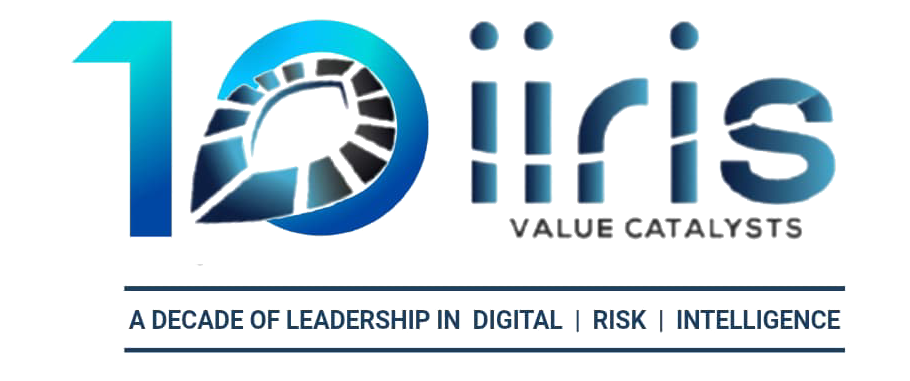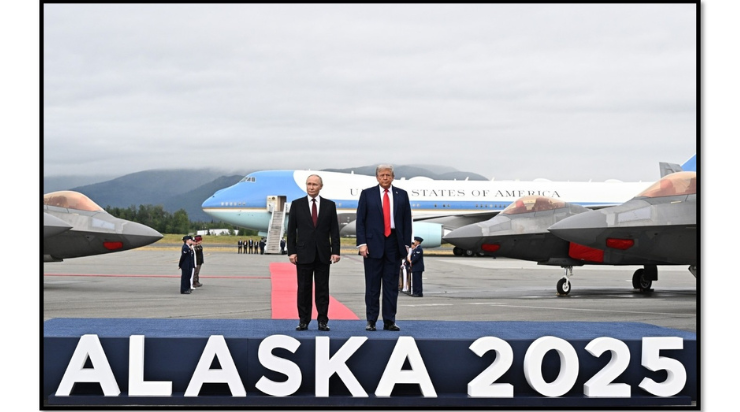Stalled negotiations raise concerns over trade disruptions, tech access, and strategic alignment between the two “strategic partner” nations
The highly anticipated interim trade agreement between the United States and India is in jeopardy as the clock runs out on the Trump administration’s August 1 deadline for enacting reciprocal tariffs. Fears of high 26% tariffs on Indian exports to the US have been raised by the fact that, despite five rounds of intense negotiations since March 2025, the two sides are still at a standstill on important issues, notably those pertaining to agriculture, dairy, cars, and digital trade.
Deadlocks in Washington: No Deal Yet
Following yet another round of fruitless negotiations with US counterparts led by Assistant US Trade Representative for South and Central Asia Brendan Lynch, India’s delegation, headed by Chief Negotiator Rajesh Agrawal, returned from Washington last week. Although a lot of ground was covered in the meetings, such as regulatory standards and tariff concessions, but the main points of contention have not been settled yet.
India is under pressure from the US to have more access in delicate areas sectors:
- Dairy and agriculture (including genetically modified crops and dairy products)
- Vehicles
- Wines, petrochemicals, and electric cars (RVs)
Conversely, India has requested relief from high tariffs on auto parts, steel, and aluminium, many of which stem from the tariff wars during the Trump administration.
The viability of an interim agreement is called into question by officials who confirm that another US delegation is anticipated in mid-August, but this will take place after the tariff deadline of August 1.
Is Trump’s “Hard Deadline” a real or a ploy?
In an interview on Sunday, US Commerce Secretary Howard Lutnick reaffirmed the importance of the deadline, saying:
Since that is a difficult deadline, the new tariff rates will be implemented on August 1. After August 1, nothing will stop nations from communicating with us, but they will begin to pay the tariffs.
This statement highlights the ongoing pressure campaign, as does President Trump’s warning to more than two dozen countries about impending tariffs that range from 25% to 50%. Unlike nations like the Philippines, Moldova, or Libya, India has not yet received a formal tariff notification letter; however, Indian officials are aware that the risk is immediate and real.
What Caused the Hold-Up?
India has been cautious in the negotiations, resisting US demands to open up its subsistence-based agriculture and religiously sensitive dairy sector, both of which are crucial to domestic political stability and rural livelihoods. Any sudden liberalization could cause internal backlash because millions of people rely on these industries.
As demonstrated by previous agreements with nations like Indonesia, India is also adamant about refusing to sign asymmetrical trade agreements, which give the US duty-free access while maintaining the authority to impose tariffs.
Furthermore, people familiar with the negotiations emphasize that India’s approach is motivated by a desire for a long-term, equitable agreement that benefits both parties equally rather than by deadlines.
One negotiator remarked, “India is a vibrant democracy where the people’s will is supreme, just like America.”
Economic Consequences: Who Is at Risk?
Important Indian export industries like gems and jewellery, engineering products, and auto components may suffer significant setbacks if the 26% tariffs are put into effect. Although the suffering would be short-term, Ajay Sahai of the Federation of Indian Export Organizations (FIEO) cautioned that this could impede India’s expanding export momentum.
Interestingly, despite impending uncertainty, India’s merchandise exports to the US increased by 22.8% in Q1 FY26, indicating robust bilateral trade activity.
What Comes Next? Possible “Fall” Deal
While the interim deal before August 1 appears unlikely, both countries continue to work under two formal frameworks:
- Outlining the objective of a Bilateral Trade Agreement (BTA) by Fall 2025, the Joint Statement was released on February 13, 2025.
- When US Vice President JD Vance visited India in April, the Terms of Reference (TOR) were agreed upon.
According to officials, the next US officials visit to India is scheduled for mid to late August, and the trade negotiations are expected to continue after August 1– possibly virtually.
Conclusion: Strategic Discussions Continue Despite Tariff Pressures
Both India and the US seem dedicated to obtaining a comprehensive, phased trade agreement, even though there was no progress prior to the tariff deadline. Trump’s aggressive tariff policy may be a strategic move to increase leverage rather than to sever trade ties, even though it causes short-term uncertainty.
India is balancing protecting its own economic interests with pursuing greater access to US markets and closer bilateral ties.
The strategic conversation is far from over, even though the August 1 deadline may pass without a deal.




